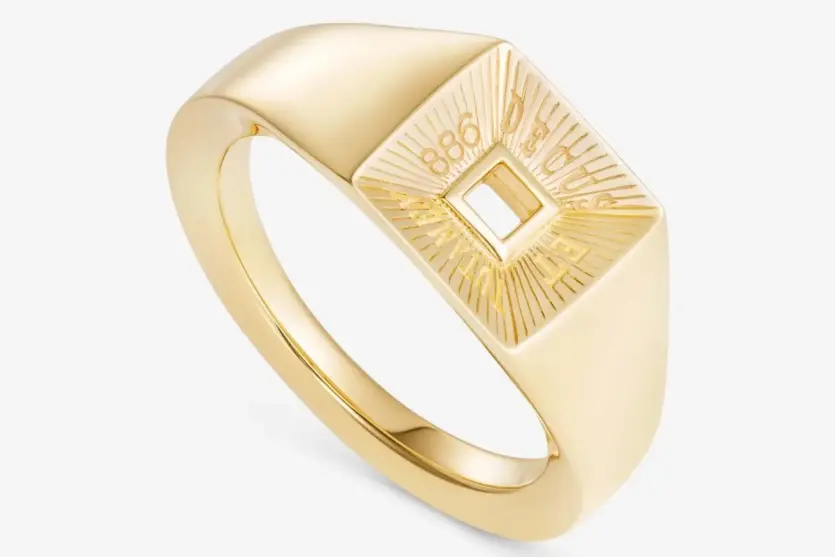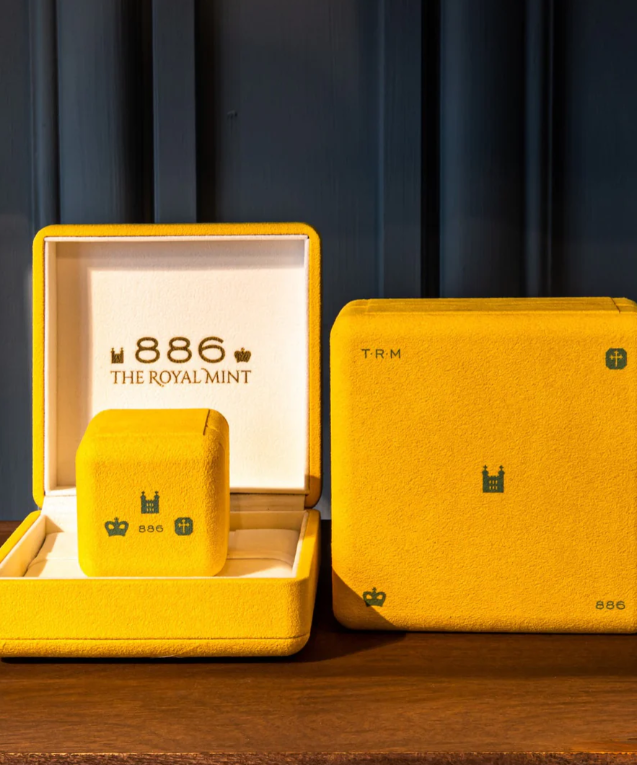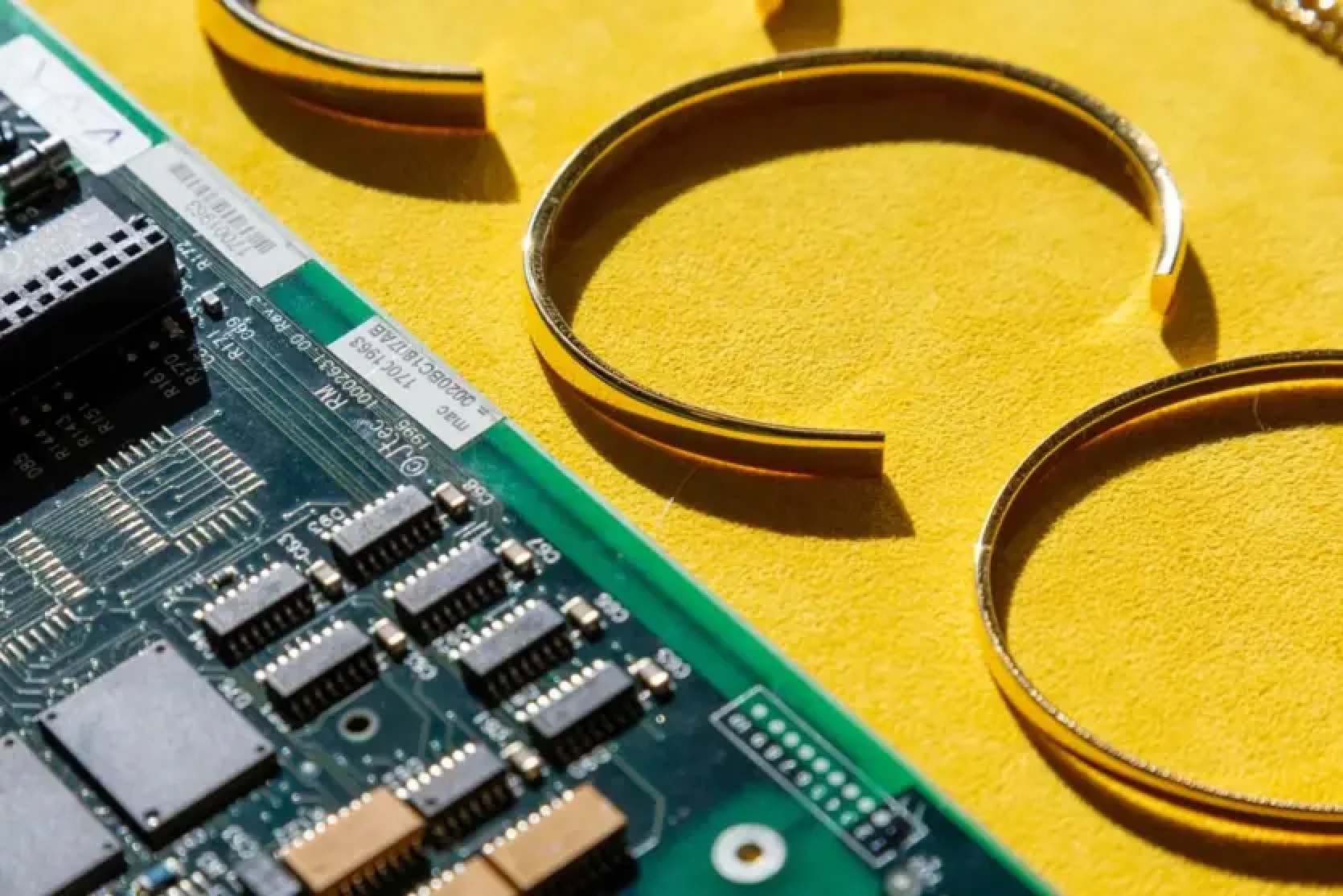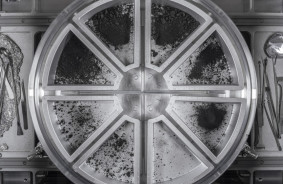The Royal Mint has begun extracting gold from old electronic circuit boards, transforming it into exquisite jewelry through a chemical process.
The Royal Mint of England, an institution with a history of coin minting spanning over a thousand years, has found a new way to remain relevant in an era dominated by cashless transactions. They have turned their attention to the issue of electronic waste, as the UK ranks second in the world for electronic waste production per capita.
According to the UN, 2022 was a record year for electronic waste, with 62 million tons of discarded devices. It is projected that by 2030 this number will increase by 32%, reaching 82 million tons annually.
To tackle this issue, the Royal Mint has opened a 3,700 square meter facility in South Wales. This plant processes 4,000 tons of circuit boards from electronic devices each year.
The facility employs technology from the Canadian company Excir. The boards are disassembled and immersed in an eco-friendly chemical solution that extracts gold at room temperature. This process allows for the recovery of over 99% of gold from electronic waste in a matter of seconds.
The extracted gold is transformed by the Royal Mint into a jewelry collection called 886, which includes two pendants, a bracelet, and a signet ring, with prices ranging from $1,937 to $3,805.





Anna Jessop, CEO of the Royal Mint, emphasizes the significance of this project:
“We are not only preserving precious metals for future generations, but we are also creating new jobs and opportunities for our workforce to reskill.”
It is worth noting that scientists at the University of Washington have invented new circuit boards that could greatly reduce the amount of electronic waste going to landfills. These boards can partially transform into a gel, making them easy to recycle.














Comments (0)
There are no comments for now